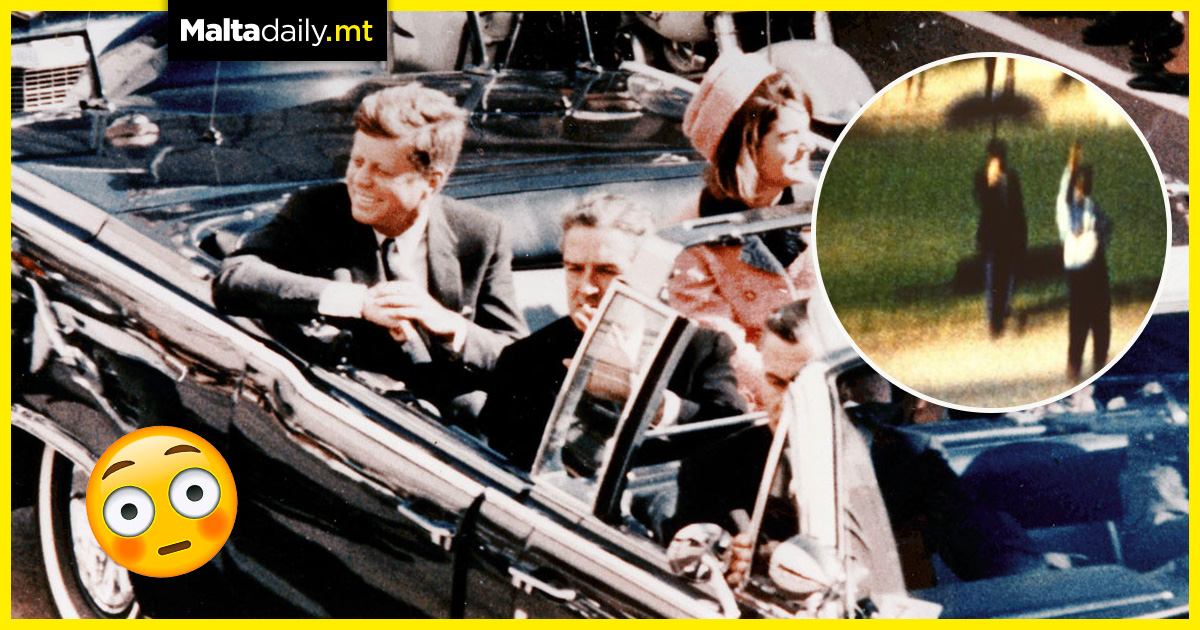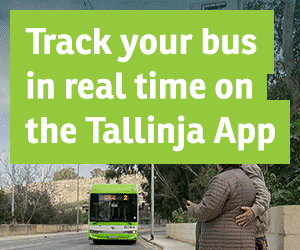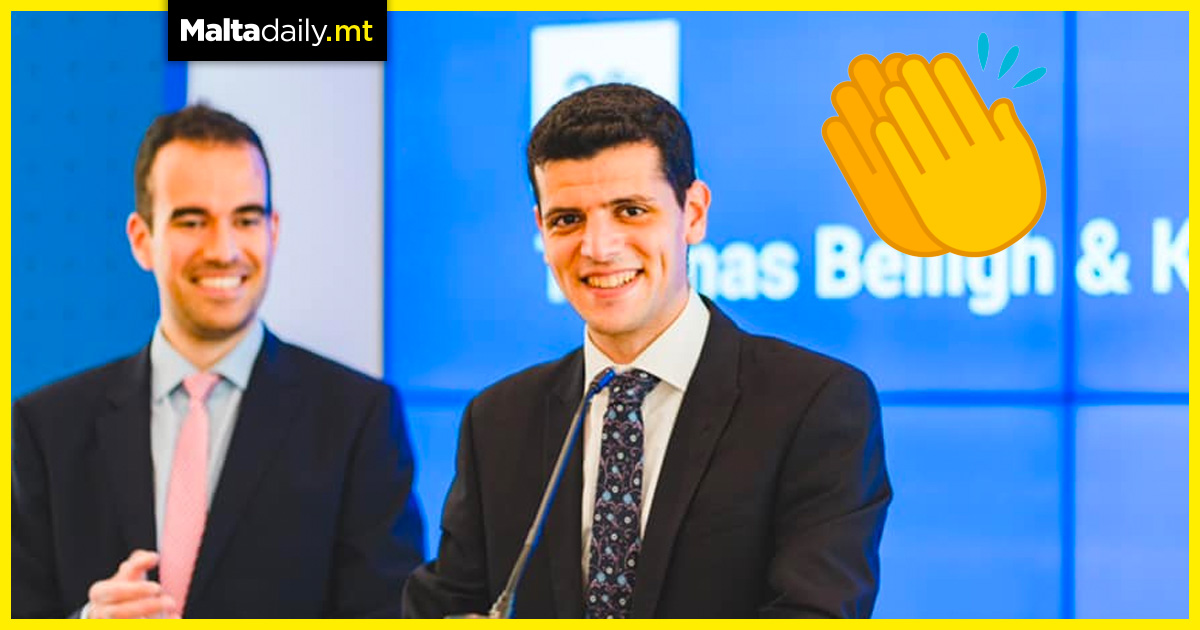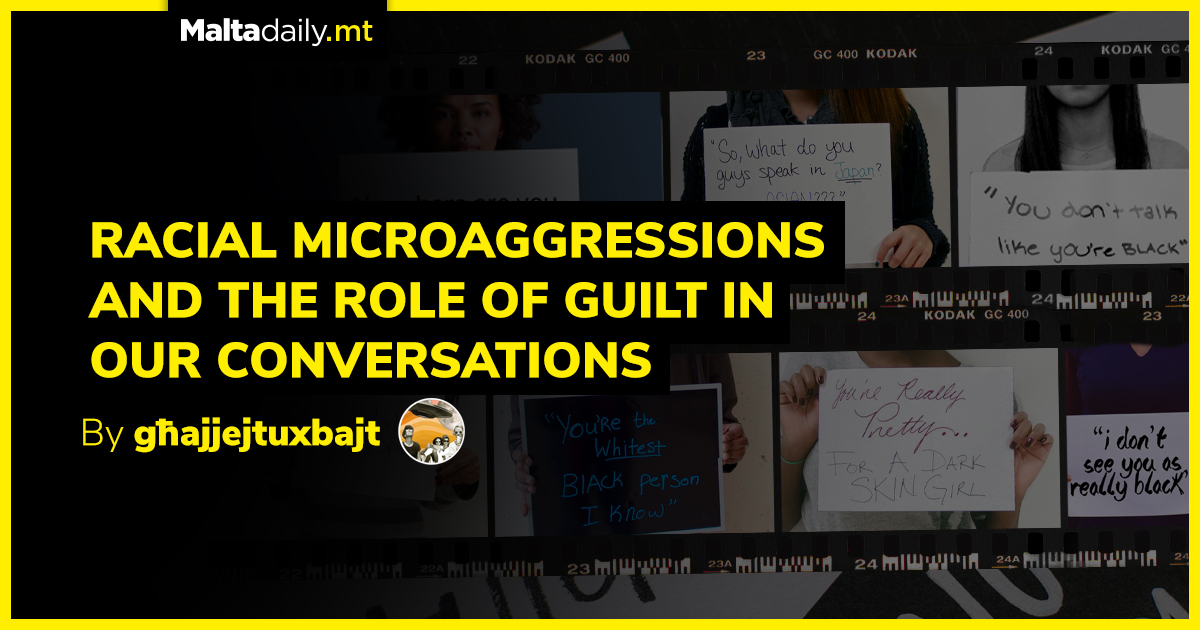
On Friday November 22nd 1963, American President John F. Kennedy was assassinated. Whilst riding in a presidential motorcade through Dealey Plaza alongside his wife Jacqueline, the former president was fatally shot by former US Marine Lee Harvey Oswald. Kennedy was pronounced dead about 30 minutes after the shooting at Parkland Memorial Hospital.
 The event marked itself in the history of the 20th century, but a strange anomaly also lingered on. On a silent 8mm colour motion picture sequence shot by Abraham Zapruder using a home-movie camera, a man was noted carrying and opening an umbrella on the sunny day the shooting took place.
The event marked itself in the history of the 20th century, but a strange anomaly also lingered on. On a silent 8mm colour motion picture sequence shot by Abraham Zapruder using a home-movie camera, a man was noted carrying and opening an umbrella on the sunny day the shooting took place.
 Upon seeing the strange figure wielding the umbrella, many people took to conspiracy theories. They could not understand why, of all days, a man wielded an umbrella and lifted it up as soon as President Kennedy passed him on the street, only to be fatally shot mere seconds later.
Upon seeing the strange figure wielding the umbrella, many people took to conspiracy theories. They could not understand why, of all days, a man wielded an umbrella and lifted it up as soon as President Kennedy passed him on the street, only to be fatally shot mere seconds later.
 Assassination researchers speculated that the now titled ‘Umbrella Man’ acted as some sort of signaller for the shooting. When asked to come forward however, the mysterious Umbrella Man, whose name was Louie Steven Witt, denied the accusations and gave a reasonable explanation as to why he held the umbrella.
Assassination researchers speculated that the now titled ‘Umbrella Man’ acted as some sort of signaller for the shooting. When asked to come forward however, the mysterious Umbrella Man, whose name was Louie Steven Witt, denied the accusations and gave a reasonable explanation as to why he held the umbrella.
 The umbrella was a form of protest of Kennedy’s appeasement policies when he ambassador to the Court of St. James’ in 1938-39. Umbrellas as this form of protest started in England after British prime minister Neville Chamberlain who sought to appease enemies of the UK. Chamberlain carried a black umbrella wherever he went, prompting opposition to wield umbrellas in protest.
The umbrella was a form of protest of Kennedy’s appeasement policies when he ambassador to the Court of St. James’ in 1938-39. Umbrellas as this form of protest started in England after British prime minister Neville Chamberlain who sought to appease enemies of the UK. Chamberlain carried a black umbrella wherever he went, prompting opposition to wield umbrellas in protest.
 This protest continued on into the 1950s and 60s, with Americans on the far right employing umbrellas to criticise appeasement policies. Vice President Richard Nixon even banned his own aides from carrying umbrellas out of fear of being accused as an appeaser.
This protest continued on into the 1950s and 60s, with Americans on the far right employing umbrellas to criticise appeasement policies. Vice President Richard Nixon even banned his own aides from carrying umbrellas out of fear of being accused as an appeaser.
 This anomaly sparked huge conspiracy theories, all because the little piece of political history was not known to the general public. Witt was thought to be in cahoots with JFK’s assassin, but a little context revealed the true intention of the mysterious Umbrella Man.
This anomaly sparked huge conspiracy theories, all because the little piece of political history was not known to the general public. Witt was thought to be in cahoots with JFK’s assassin, but a little context revealed the true intention of the mysterious Umbrella Man.
 #MaltaDaily
#MaltaDaily












